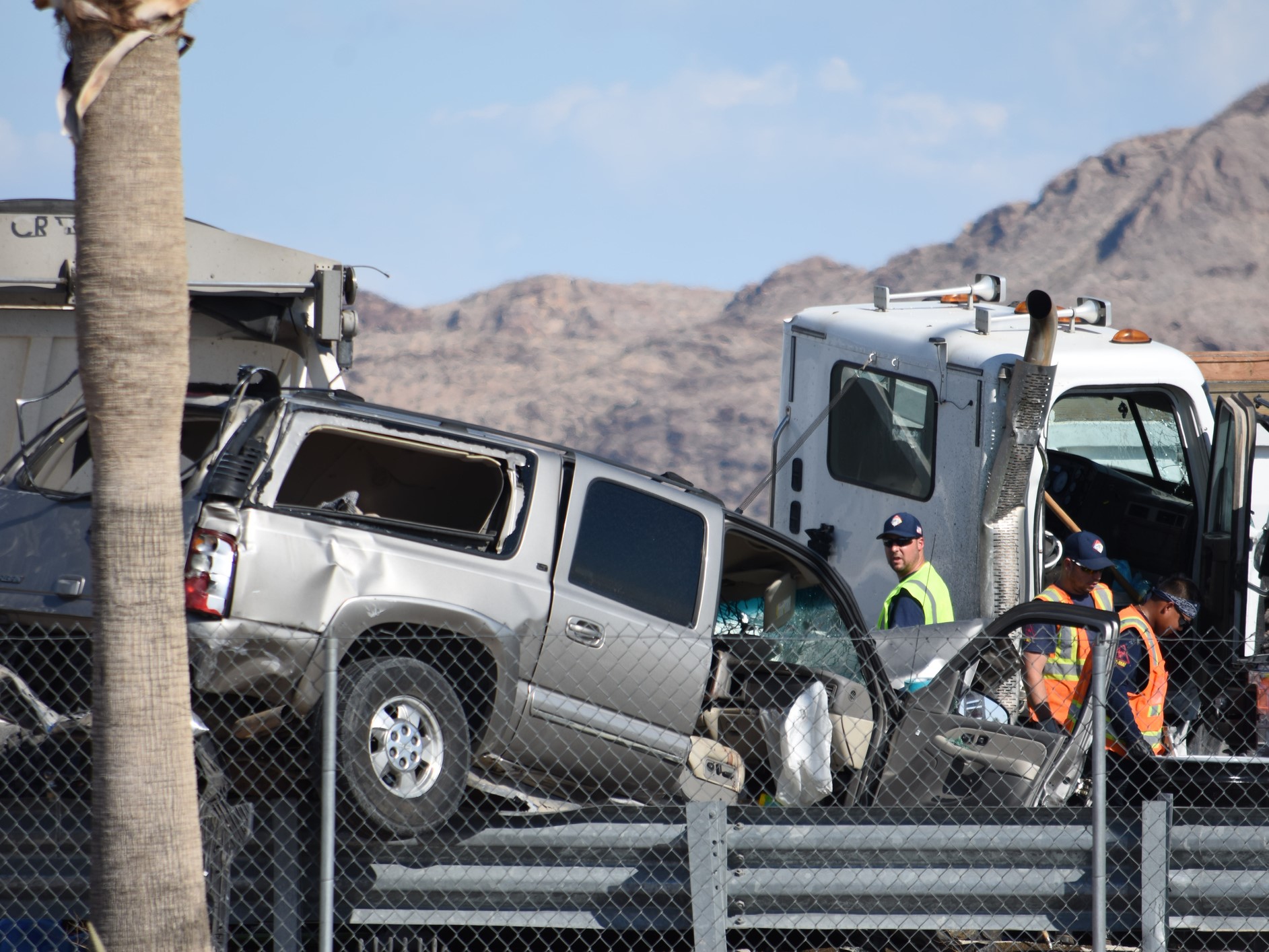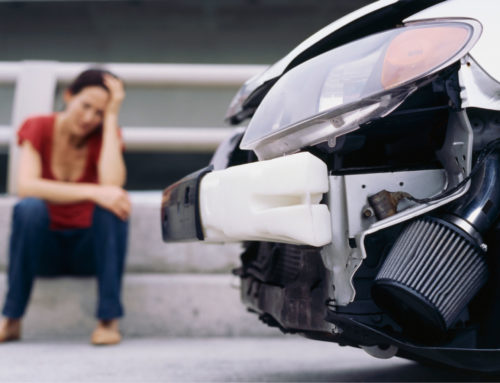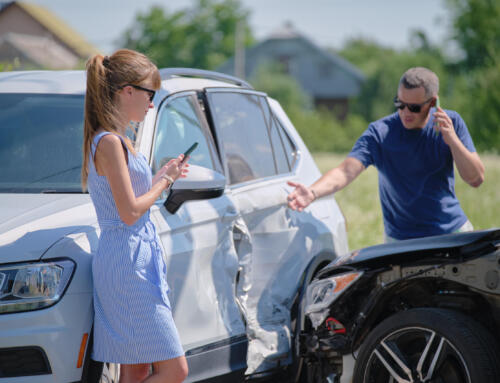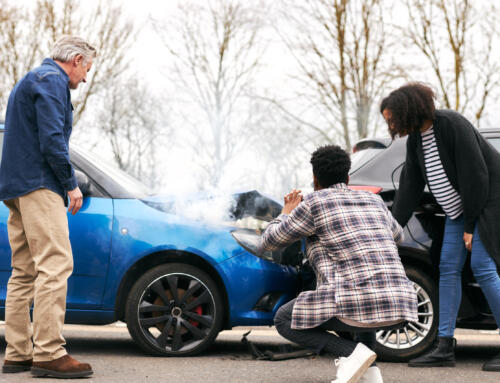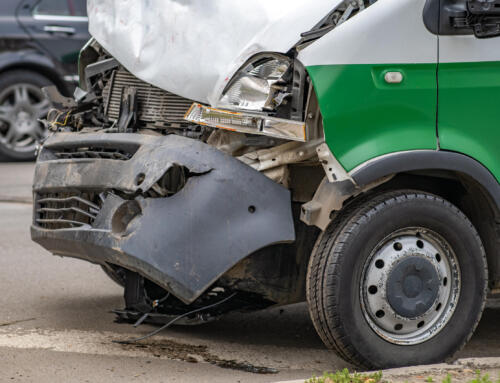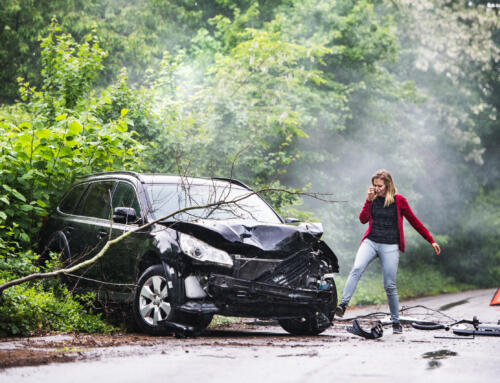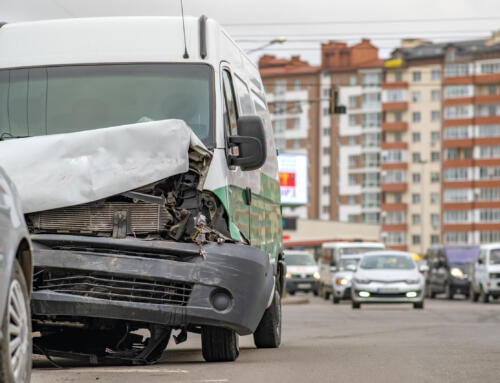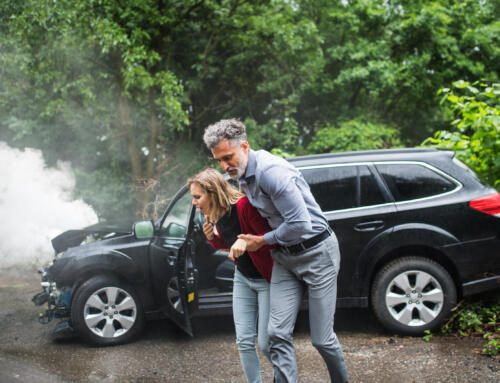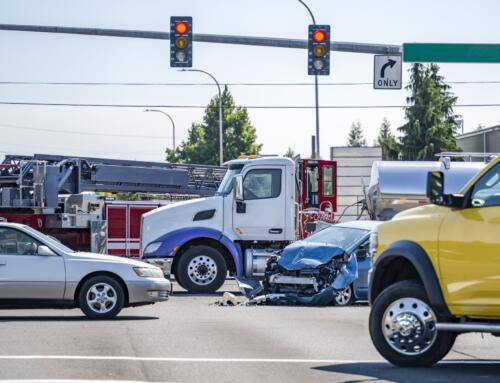Winter can be a beautiful season, with snow-covered landscapes and cozy firesides. However, it also brings challenges, especially when it comes to driving. Snow and ice can make roads hazardous, leading to an increased risk of vehicle accidents. Understanding how liability is determined in these conditions is crucial for drivers. In this article, we will explore the key factors that influence liability in winter car and truck accidents.
The Impact of Winter Conditions on Driving
Winter weather can drastically alter driving conditions. Snow and ice reduce traction, making it harder for vehicles to stop or turn. This can lead to accidents if drivers are not cautious. Understanding the specific challenges posed by winter conditions is the first step in determining liability.
Reduced Visibility
Snowstorms and blizzards can significantly reduce visibility, making it difficult for drivers to see other vehicles or road signs. This can lead to accidents if drivers are not vigilant. Drivers must adjust their speed and use headlights to enhance visibility during such conditions.
Slippery Roads
Snow and ice create slippery surfaces that can cause vehicles to skid or slide. This is particularly dangerous in areas with curves or hills. Drivers must slow down and maintain a safe distance from other vehicles to avoid collisions.
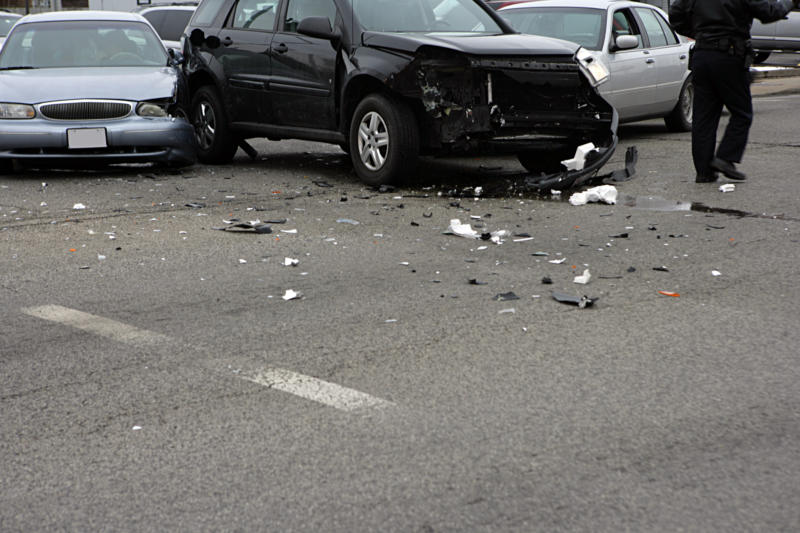
Multi-vehicle collision
Determining Fault in Winter Vehicle Accidents
When an accident occurs in winter conditions, determining fault can be complex. Several factors are considered to establish liability, and the process may vary depending on the jurisdiction.
Driver Negligence
One of the primary factors in determining liability is driver negligence. This refers to a driver’s failure to exercise reasonable care while operating a vehicle. In winter conditions, drivers are expected to adapt their driving to the weather. This includes reducing speed, increasing following distance, and using appropriate tires.
Speeding
Driving too fast for the conditions is a common cause of accidents in winter. Even if a driver is within the legal speed limit, they can still be held liable if their speed was unsafe given the weather conditions. It’s important for drivers to adjust their speed to match road conditions.
Failure to Maintain Control
Drivers are responsible for maintaining control of their vehicles. If a driver loses control and causes an accident, they may be deemed at fault. This includes failing to use chains or snow tires when necessary.
Road Maintenance
Municipalities and road maintenance authorities also play a role in ensuring roads are safe during winter. If an accident occurs due to poorly maintained roads, liability may be shared between the driver and the responsible authority.
Delayed Snow Removal
If snow is not cleared in a timely manner, it can lead to hazardous driving conditions. In such cases, the responsible authority may be held partially liable for accidents that occur as a result.
Lack of Warning Signs
In areas prone to ice, warning signs are essential. If such signs are missing or inadequate, it could contribute to an accident, affecting liability determinations.
Legal Considerations
When it comes to legal proceedings, several considerations come into play in winter accident cases.
Comparative Negligence
In some jurisdictions, comparative negligence laws apply. This means that fault can be shared between parties based on their degree of negligence. For example, if a driver was speeding on an icy road, but the road was also poorly maintained, both the driver and the road authority might share liability.
Insurance Claims
Insurance companies often conduct their own investigations to determine fault. It’s essential for drivers involved in winter accidents to provide detailed accounts and evidence, such as photographs and witness statements, to support their claims.
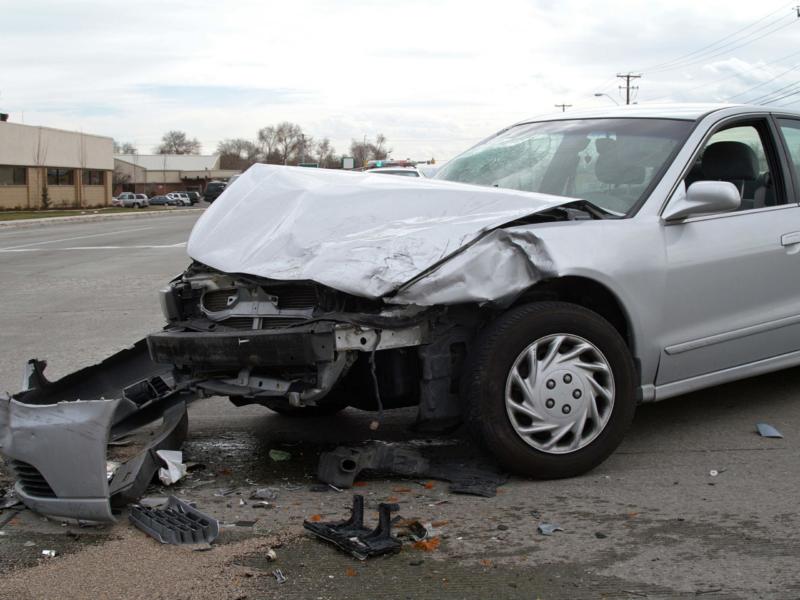
Silver vehicle moments after a intersection accident.
Preventing Winter Accidents
While understanding liability is important, preventing accidents should be the primary goal. Here are some tips to stay safe on the roads during winter:
Prepare Your Vehicle
Ensure your vehicle is winter-ready by checking tire treads and pressure, using antifreeze, and keeping the gas tank at least half full. Snow tires or chains can provide additional traction.
Practice Safe Driving
Drive slowly and maintain a safe following distance. Avoid sudden movements and use gentle braking to prevent skidding. Remember that bridges and overpasses freeze first, so exercise extra caution in these areas.
Stay Informed
Keep up-to-date with weather forecasts and road conditions. If travel is not essential during severe weather, it’s best to stay off the roads.
Conclusion
Liability in winter vehicle accidents is determined by various factors, including driver negligence and road maintenance. Understanding these factors can help drivers navigate the complexities of fault determination in snow and ice conditions. By practicing safe driving habits and preparing for winter weather, drivers can reduce their risk of accidents and protect themselves from potential liability.
Contact 612-Injured, Minnesota’s Personal Injury Attorneys
If you’ve been involved in a winter vehicle accident and need assistance navigating the complexities of liability and insurance claims, don’t hesitate to reach out to the skilled ins. Call 612-Injured, Minnesota’s dedicated personal injury attorneys, for the support and guidance you need. Our experienced team is ready to help you understand your rights and pursue the compensation you deserve. Reach out today to schedule a consultation and take the first step towards resolving your case effectively.

